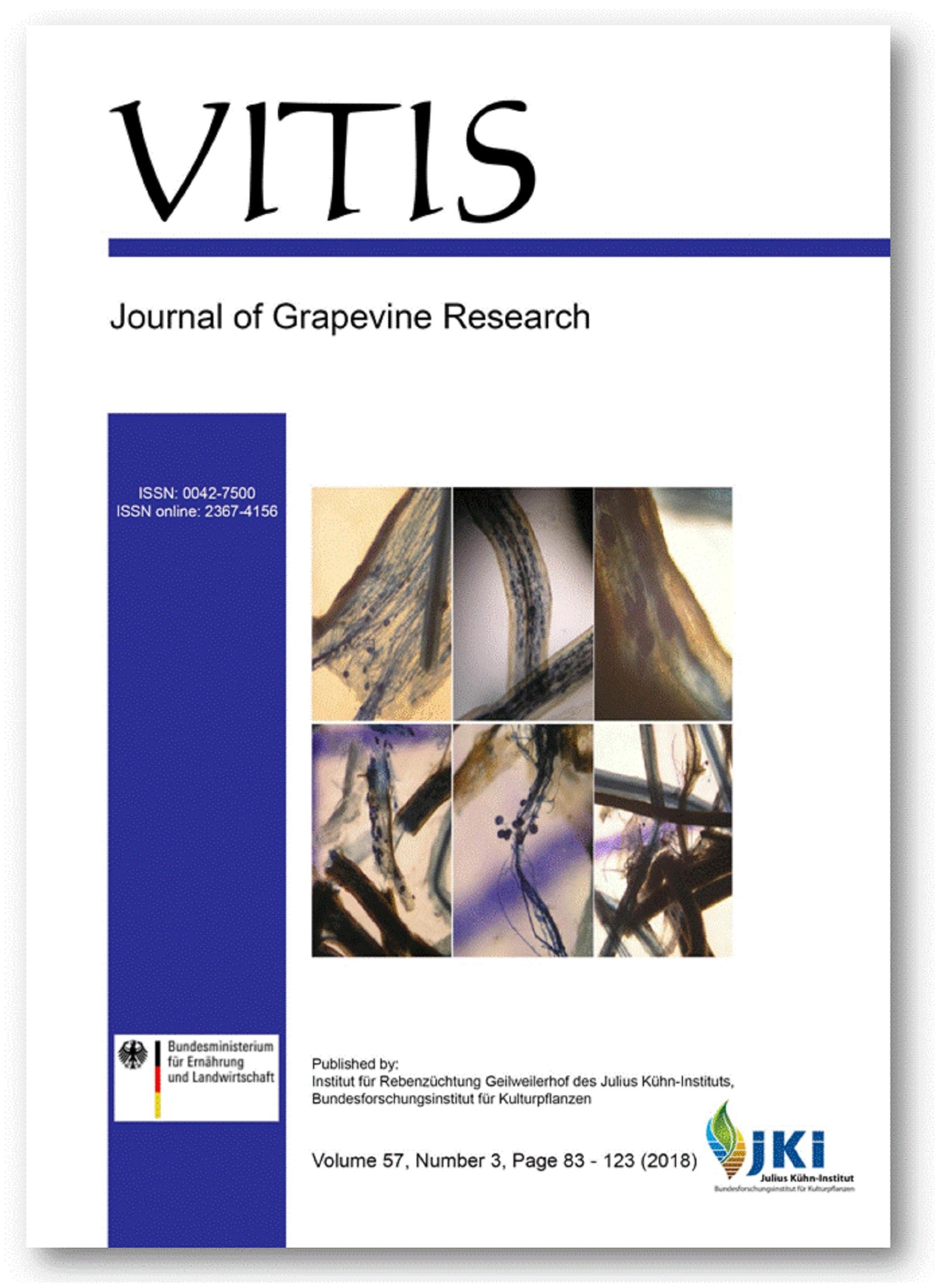Correlation between the microscopy and qPCR methods (SYBR Green) to detect and quantify Rhizophagus irregularis in grapevine roots
DOI:
https://doi.org/10.5073/vitis.2018.57.111-117Keywords:
nursery; Vitis vinifera L. (grapevine); mycorrhiza; R. irregularis; microscopy; qPCR; SYBRGreen.Abstract
For an easier identification and quantification of R. irregularis in grapevine, a molecular tool was developed so that each DNA concentration calculated would relate to the degree of root system colonization. To correlate the results obtained by qPCR and microscopy, a different approach for the visualization technique was chosen. It combined the detailed standard method of evaluation on microscopic slides with the global magnifying glass evaluation method in the grids. The global assessment sampling was closer to the qPCR sampling that was made on a representative fraction of the whole root system. This fact became the base of successful correlation between microscopy and qPCR. The result of these measures were the attribution of an average qPCR value to each level of colonization defined as five different classes. Around 0.66 ng·µL-1, the DNA concentration corresponded to the first contacts between the fungus and the grapevine roots (class M1), while around 42 ng·µL-1 it accounted for the beginning of the mycorrhizal symbiosis (class M2). A satisfactory mycorrhization level could be concluded from a 258 ng·µL-1 DNA concentration (class M3), while all values above 563 ng·µL-1 (class M4) showed a full mycorrhization level. The development of this qPCR tool allowed the fast and accurate evaluation of the mycorrhization level in the root system without having to realize any microscopic observation.
Downloads
Published
Issue
Section
License
The content of VITIS is published under a Creative Commons Attribution 4.0 license. Any user is free to share and adapt (remix, transform, build upon) the content as long as the original publication is attributed (authors, title, year, journal, issue, pages) and any changes to the original are clearly labeled. We do not prohibit or charge a fee for reuse of published content. The use of general descriptive names, trade names, trademarks, and so forth in any publication herein, even if not specifically indicated, does not imply that these names are not protected by the relevant laws and regulations. The submitting author agrees to these terms on behalf of all co-authors when submitting a manuscript. Please be aware that this license cannot be revoked. All authors retain the copyright on their work and are able to enter into separate, additional contractual arrangements.



